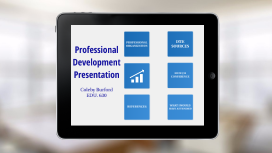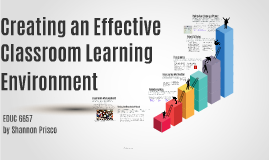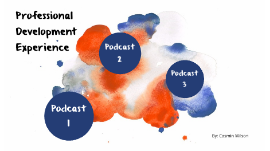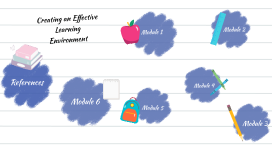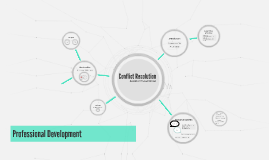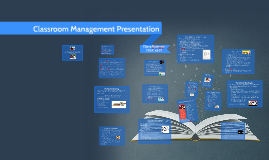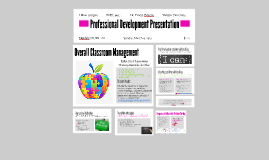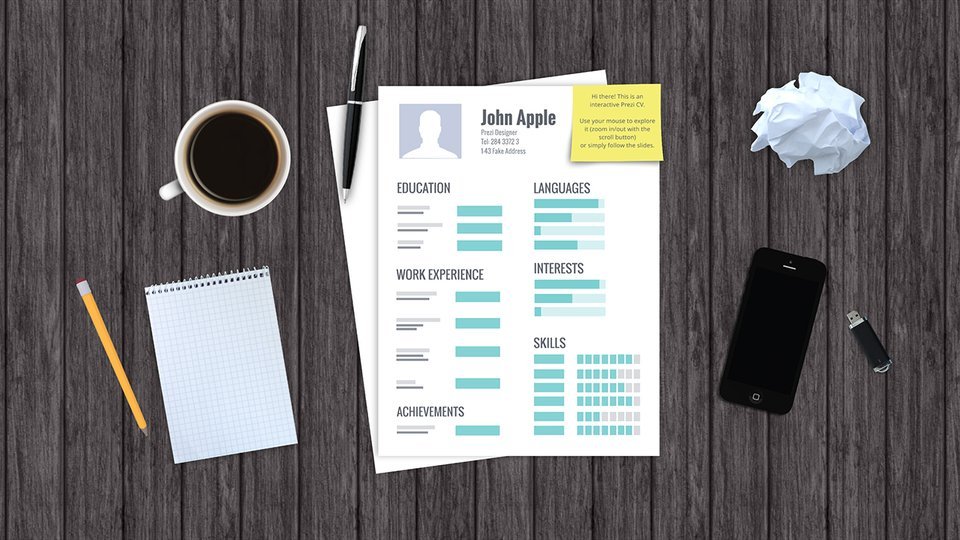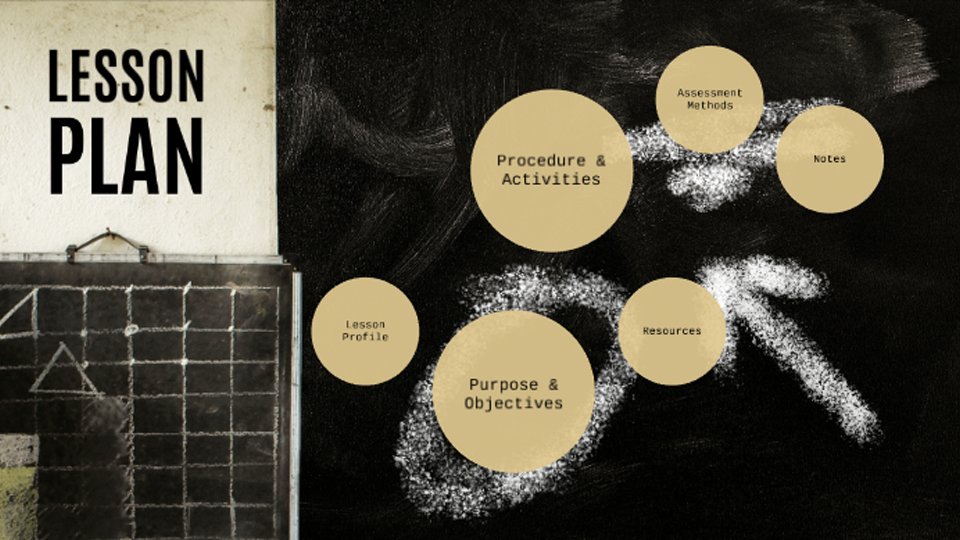Professional Development Presentation
Transcript: Students are safe and valued Students are learning Students are supported Students are working collaboratively Students are being taught from a well thought-out lesson plan Behavior expectations should be consistent from teacher to teacher and from place to place. Consistency aids a student in knowing that expectations are the same for all students, by all teachers, and reinforced by all staff members (Anderson, Horner, Rodriguez, Stiller, 2013). Strategies for increasing motivation: Pride Bucks Student of the months School Dances Instrinsic satisfaction Strategies for providing effective feedback: Use rubrics to communicate expectations Use immediate and specific feedback Use progress reports to share academic feedback PBIS World. (2018). Rewards, simple reward systems, & incentives. Retrieved from http://www.pbisworld.com/tier-1/rewards-simple-reward-systems-incentives/. Individual Behavior Change Plans School-Wide Behavior Expectations (Jones & Jones, 2016 Individual Behavior Change Plans EDUC 6657 Strategies for developing positive peer relationships: Class Meetings Brain Breaks Think-Pair-Share Intentional collaborative grouping AVID appointment books $1.25 Sunday, March 4, 2018 Transition Strategies Walden University Positive teacher-student relationships References Anderson, C. M., Horner, R. H., Rodriguez, B., & Stiller, B. (2013). Building systems for successful implementations of function-based support in schools [Journal]. International Journal of School & Educational Psychology, 1, 141-153. https://doi.org/10.1080/21683603.2013.804798 Kuru Cetin, S., & Taskin, P. (2016). Parent Involvement in Education in Terms of Their Socio-Economic Status. Eurasian Journal Of Educational Research, (66), 105-122. Some strategies that can help with establishing positive relationships are: greeting students at the door, sending positive notes home, having high expectations, being culturally sensitive, and knowing the content (so students will trust you) "Approximately 30 major transitions each day in elementary classrooms account for nearly 15% of classroom time" (Jones & Jones, 2016, p. 206) The quality of relationships students have with their peers has a significant impact on how safe and supportive they find their classroom and school (Jones & Jones, 2016, p. 127) (Jones & Jones, 2016) Moldule VII, Wk. viii Dr. Ernest Palestis Jones, V., & Jones, L. (2016). Comprehensive classroom management: Creating communities of support and solving problems (11th ed.). Upper Saddle River, NJ: Pearson "Adolescents learn best through active engagement with ideas, the environment, and other learners" (National Middle School Association, 2010) Creating positive relationships Positive teacher–student relationships are a centerpiece of classrooms and schools focused on reducing the negative impact trauma has on students’ schools success! Positive Family Relationships Some effective transition strategies: Post daily agenda with time stamps Have materials prepared and ready Concise step-by-by directions Classroom set up conducive for efficient movement Practiced procedures and expectations Lillian Gregory Jones, V., & Jones, L. (2016). Comprehensive classroom management: Creating communities of support and solving problems (11th ed.). Upper Saddle River, NJ: Pearson Positive Peer Relationships (Jones & Jones, 2016) Jones, V., & Jones, L. (2016). Comprehensive classroom management: Creating communities of support and solving problems (11th ed.). Upper Saddle River, NJ: Pearson Problem Solving Glasser's Seven Steps to Effective Problem Solving Personal student-teacher relationship Deal with present behavior Valuable Judgement Make a plan Make a committment Follow-up Flexibilityy I'm not saying I'm gonna change the world, but I guarantee that I will spark the brain that will change the world -Tupac Shakur “Rules and procedures should be developed in conjunction with teaching strategies that enhance active and meaningful student engagement in the learning process, relate to students’ cultural backgrounds and interests, and help develop students’ higher-level thinking skills” (Jones & Jones, 2016, pg. 171). In order to develop successful school-wide behavior plans, a team of staff members, consisting of the administration, teachers, and specialists, determine “3-5 behavioral expectations that suit the needs of their school” (PBIS World, 2018) Students deserve to feel safe, valued, respected, and like human-beings. Students deserve to be understood. Student deserve to be around an adult who cares about them. Overall Classroom Management Kuru Cetin, S., & Taskin, P. (2016). Parent Involvement in Education in Terms of Their Socio-Economic Status. Eurasian Journal Of Educational Research, (66), 105-122. Response to Behavior & Problem Solving (Jones & Jones, 2016) Effective Classroom Management looks like: Classroom Expectations Strategies for developing positive family relationships: Weekly progress reports Initial parent phone call home






